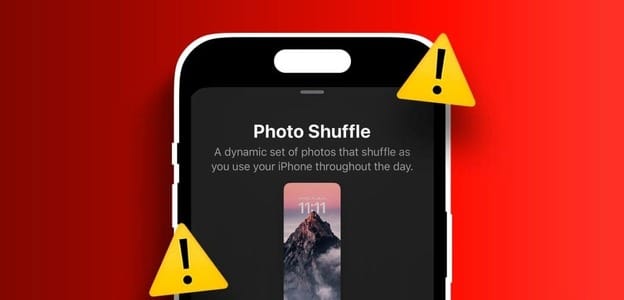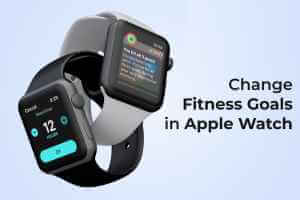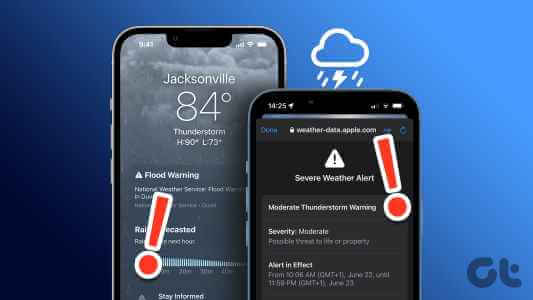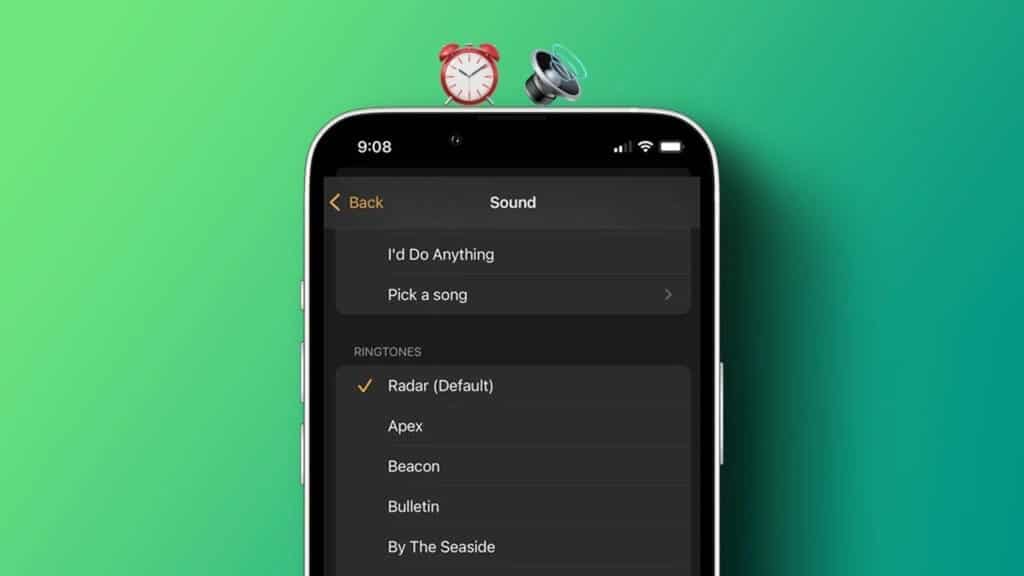While smartwatches certainly have advantages, the constant need to turn on the watch screen can be a pain. If you don't want your watch's battery to drain faster, you can enable wrist detection. This way, your Apple Watch will automatically turn on as soon as it detects certain movements. However, there may be times when the Apple Watch's wrist detection feature doesn't work as expected.
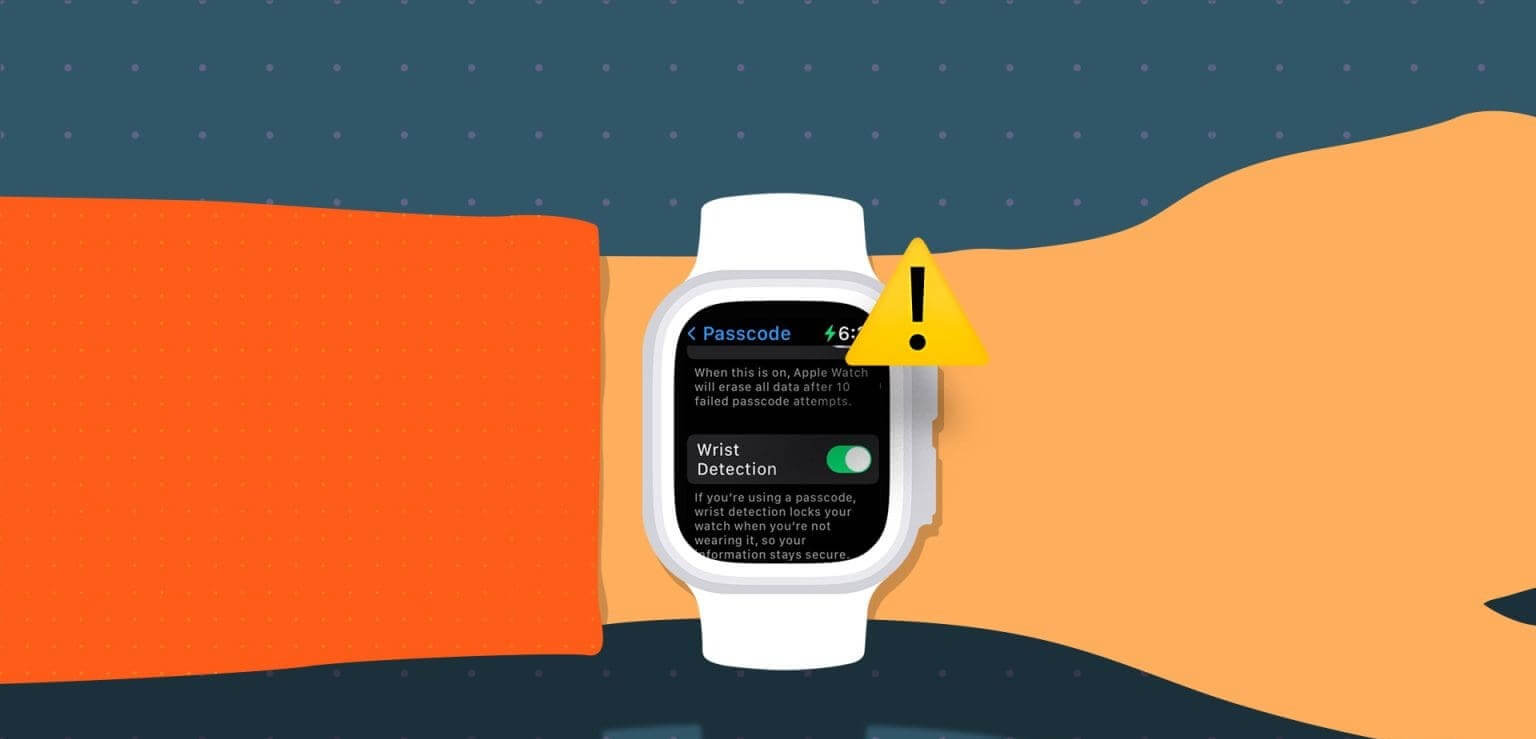
If your Apple Watch's wrist detection feature isn't working, it may also prevent other watch features from working properly. This includes: fall detection, AndHeart rate tracking, sleep tracking, automatic unlocking, etc. Additionally, you'll also be prompted to enter your passcode every time you use Apple Pay on your watch. So, let's take a look at 9 ways to help troubleshoot and fix this issue.
1. Attach the Apple Watch band
One of the main reasons why the Apple Watch's wrist detection feature stops working is that the watch band is too loose. This causes the Apple Watch to continually lose contact with your wrist, making it think you've taken the watch off and are no longer wearing it.
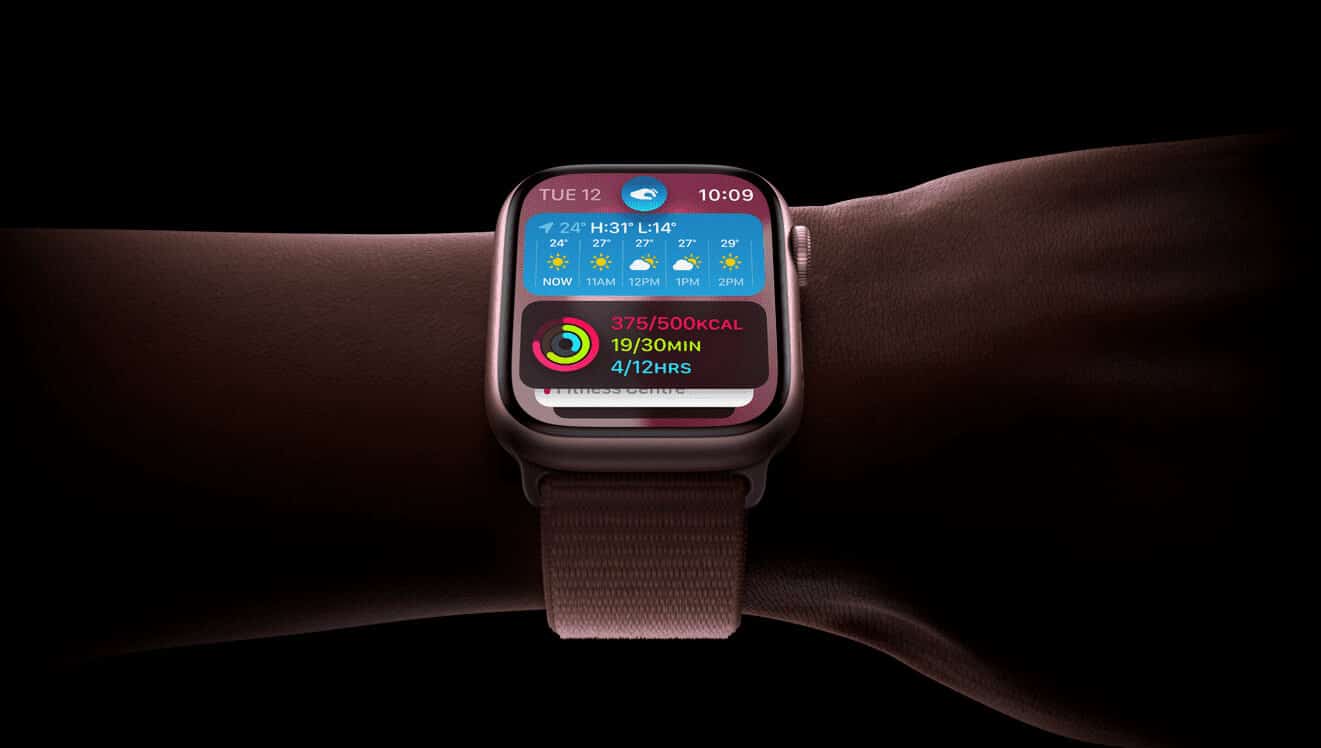
To fix this issue, make sure the Apple Watch band fits snugly around your wrist. It doesn't need to be too tight, but it should be snug enough to keep your Apple Watch in constant contact with the skin on your wrist, regardless of your hand movement.
2. Check for any moisture or debris on your Apple Watch.
Most Apple Watches these days boast of being certified. IP rating It is dust-resistant. While this is excellent for people who like to use their Apple Watch for exercise, it can cause debris or moisture to build up on the watch. This can prevent the Apple Watch sensor from detecting your wrist, causing the wrist detection feature to malfunction. In this case, thoroughly clean the watch case, especially the sensors, before using it.
3. Check the clock direction.
Depending on which hand you're wearing your Apple Watch on, change the watch orientations from the Settings menu. This way, your Apple Watch can accurately detect which hand you're using, ensuring features like wrist detection work as expected. Here's how.
Step 1: Open Watch app on your iPhone.
Step 2: Scroll down and tap general.
Step 3: Here, click on Watch Orientation.
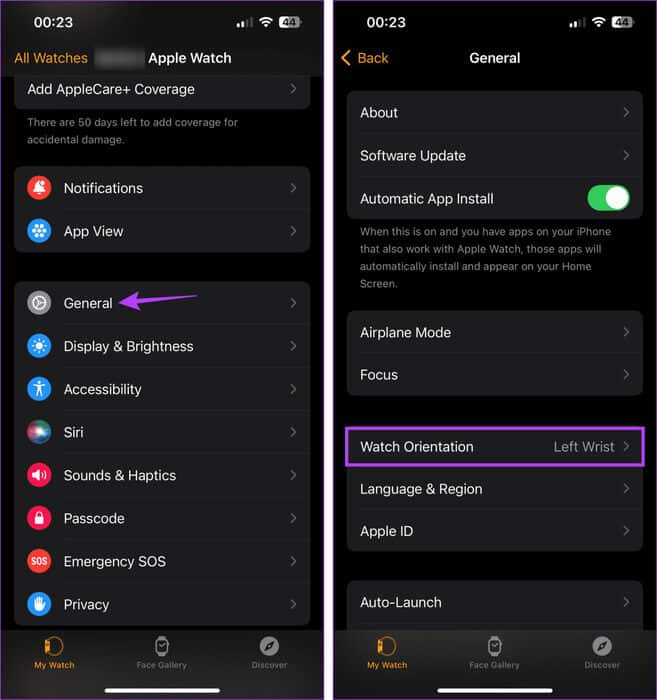
Step 4: Now, select the preferred orientation setting for your Apple Watch. You can also change Digital Crown direction.
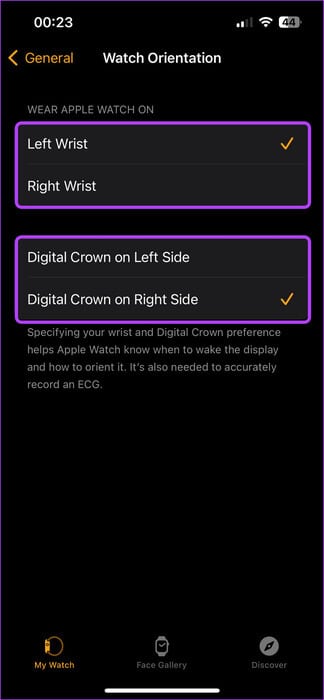
Once finished, try using your Apple Watch again to see if wrist detection is working. If not, proceed to the next fix.
4. Try using your Apple Watch on your other hand.
There have been instances where heavy ink tattoos have caused some Apple Watch sensors to not function properly. This can also happen if there are other obstructions between your Apple Watch and your wrist. When this happens, you may not be able to use the wrist detection feature.
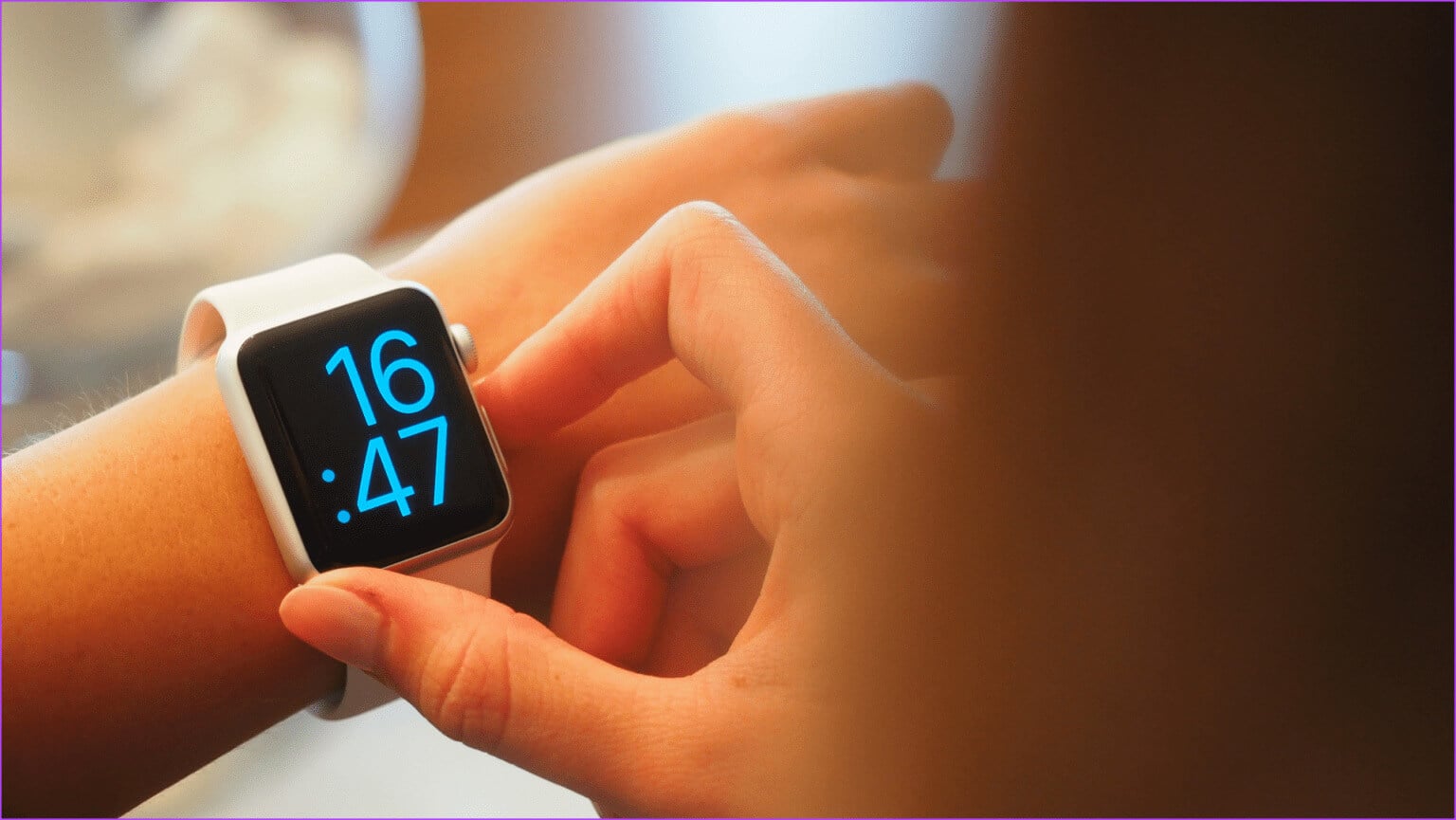
So, to check if this is the case, use your Apple Watch on your other wrist. You can also use the settings above to adjust the orientation settings to match your hand. If wrist detection works this way, consider using your Apple Watch on the other hand.
5. Disable and enable wrist detection
By default, wrist detection is enabled on most Apple Watches. However, if you frequently experience issues, such as your Apple Watch not waking up when you raise your wrist, you can turn wrist detection off. Then turn it back on to see if it's working as expected. Follow the steps below to do so.
Step 1: Open the Watch app on your iPhone and tap Passcode.
If necessary, enter the relevant passcode on your Apple Watch.

Step 2: Here, turn off the toggle switch. To detect the wrist.
Step 3: Then press turning off.

Now, wait a moment and turn the wrist detection switch back on. Once done, check to see if the feature is working.
6. Check that your Apple Watch is still connected to your iPhone.
If your Apple Watch isn't connected to your iPhone, it can cause issues with certain features, such as wrist detection. This means checking to see if your paired Apple Watch can still connect to your iPhone. Here's how to check.
Step 1: On Apple Watch, press the side button to open Control Center.
Step 2: Here, check if the phone code is correct. visible
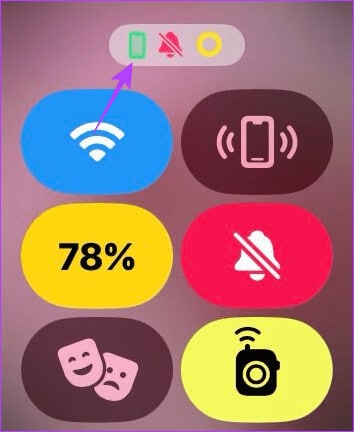
This means that your Apple Watch is connected and actively communicating with your iPhone.
7. Turn off low power mode
Lead Enable Low Power Mode on Apple Watch To ensure it lasts longer despite insufficient battery power. However, depending on the watchOS version, this mode turns off various watch features and functions, such as wrist detection, to save battery. Therefore, if your Apple Watch has sufficient charge, you can turn off Low Power Mode on your Apple Watch.
Step 1: Press the side button on your Apple Watch to open Control Center.
Step 2: Here, click on Battery percentage.
Step 3: Click on “Turn on low power mode.”

Now, try moving your wrist to see if wrist detection features, such as raise to wake, are working as expected.
8. Unpair and re-pair your Apple Watch from your iPhone.
If you're still having trouble using the wrist detection feature, try unpairing your Apple Watch from your iPhone. Once you pair your watch again, a new connection will be established, resolving any errors or temporary issues from the previous pairing. Here's how.
Step 1: Open Watch app on your iOS device.
Step 2: In the upper left corner, tap All hours.
Step 3: Go to the watch you want to unpair and tap i icon adjacent to it.
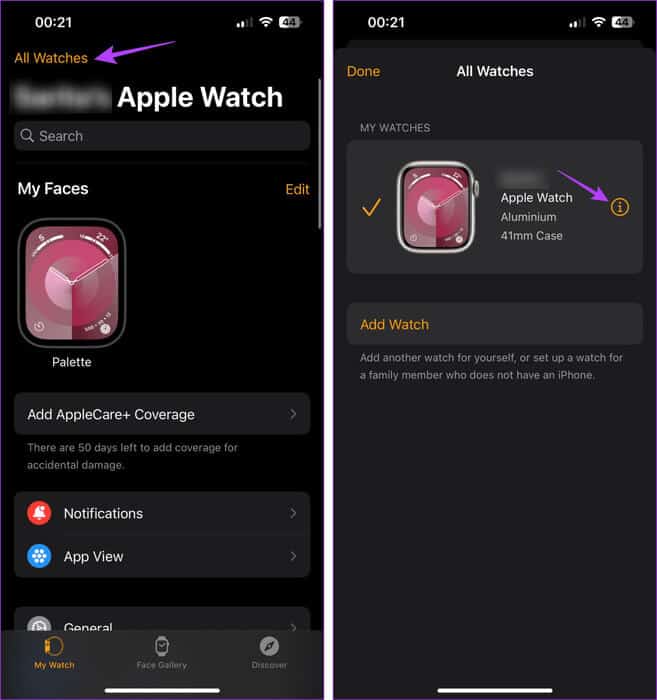
Step 4: Scroll down and tap “Unpair Apple Watch”.
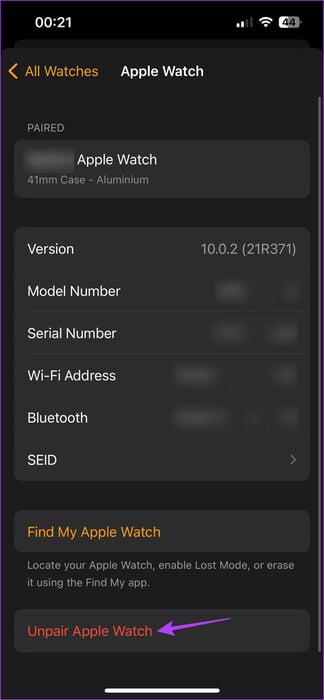
Then follow the on-screen instructions to complete the unpairing process. Once completed, pair your watch to your iPhone using the Watch app and see if you can use the wrist detection feature.
9. Reset Apple Watch
As a last resort, you can reset your Apple Watch to factory settings. This will ensure that any incorrect settings preventing wrist detection from working properly are cleared. However, note that doing so will permanently delete your watch data. You can't restore it unless you've created a backup in advance. If you still want to proceed, follow the steps below.
Step 1: Open the Watch app on your iPhone and tap general.
Step 2: Scroll down and tap Reset.
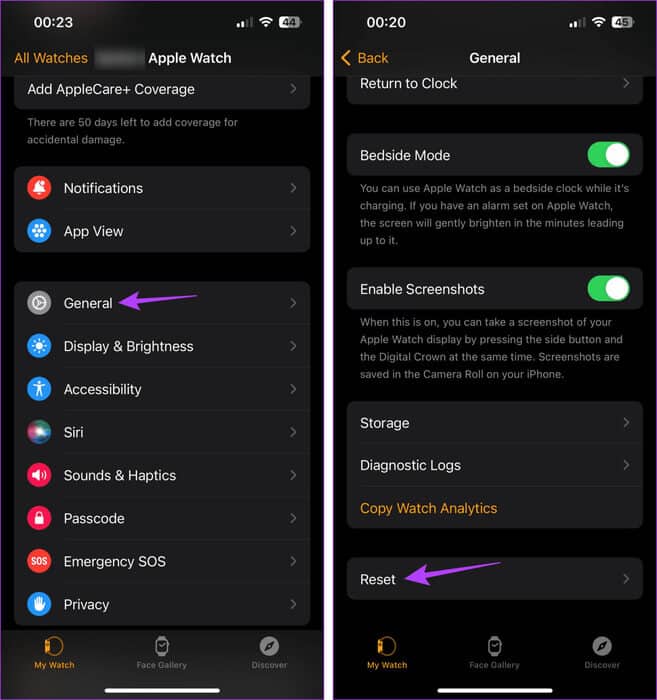
Step 3: Here, click on Erase content and settings on Apple Watch.
Step 4: Click on “Erase all content and settings” For confirmation.

Once completed, you may need to re-pair your Apple Watch with your iPhone. Then try using the wrist detection feature. This should resolve the issue for you.
Get the most out of your Apple Watch
Wrist detection is certainly useful when you've secured your Apple Watch with a passcode but don't want to keep entering it. So, we hope this article helps you fix the issue of wrist detection not working on your Apple Watch. Let us know in the comments which fix works for you.



